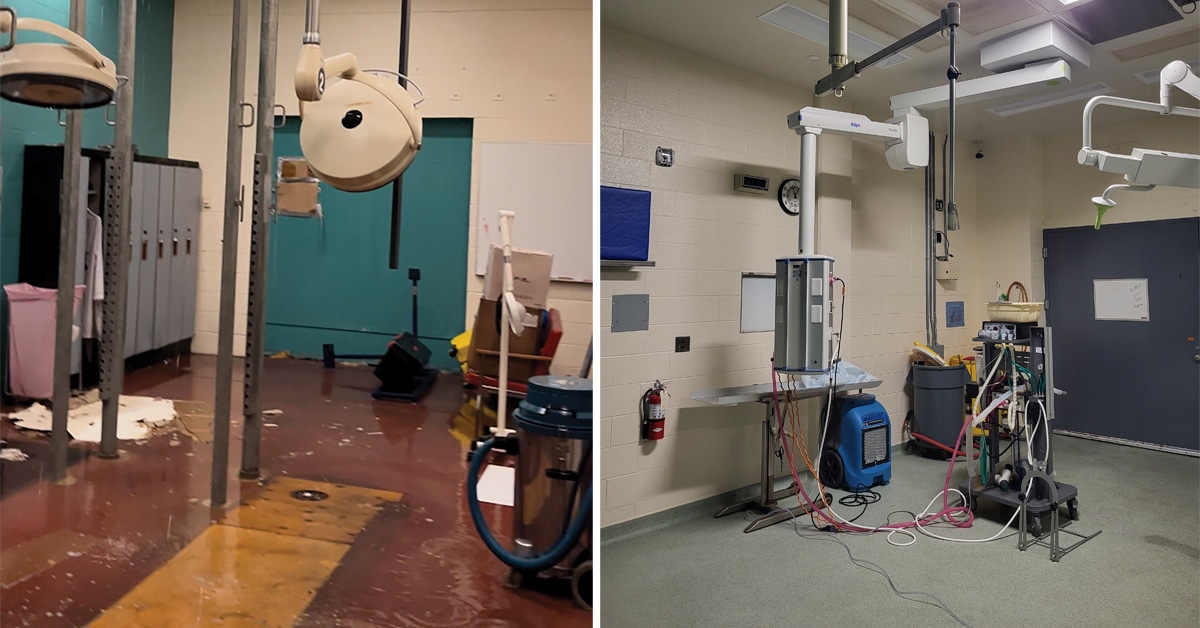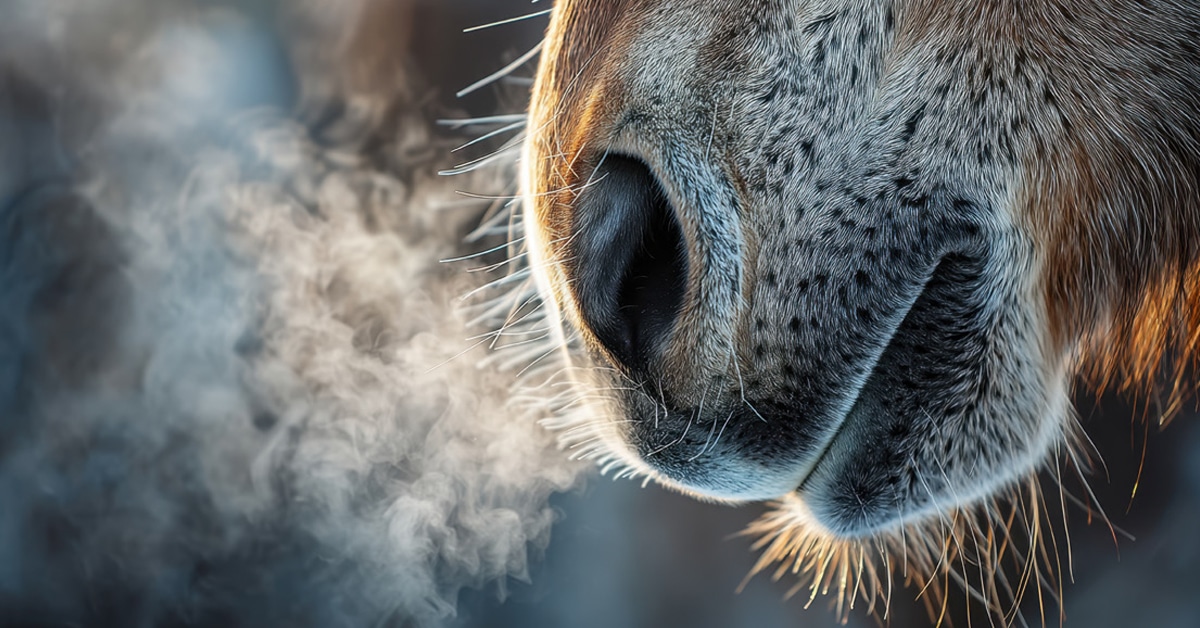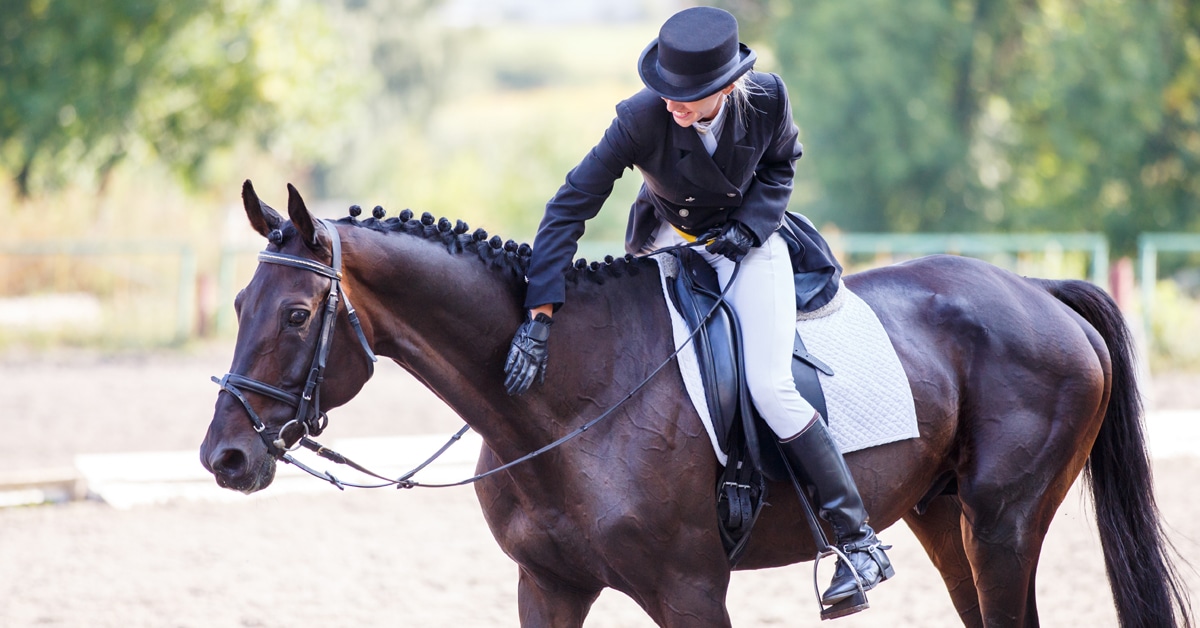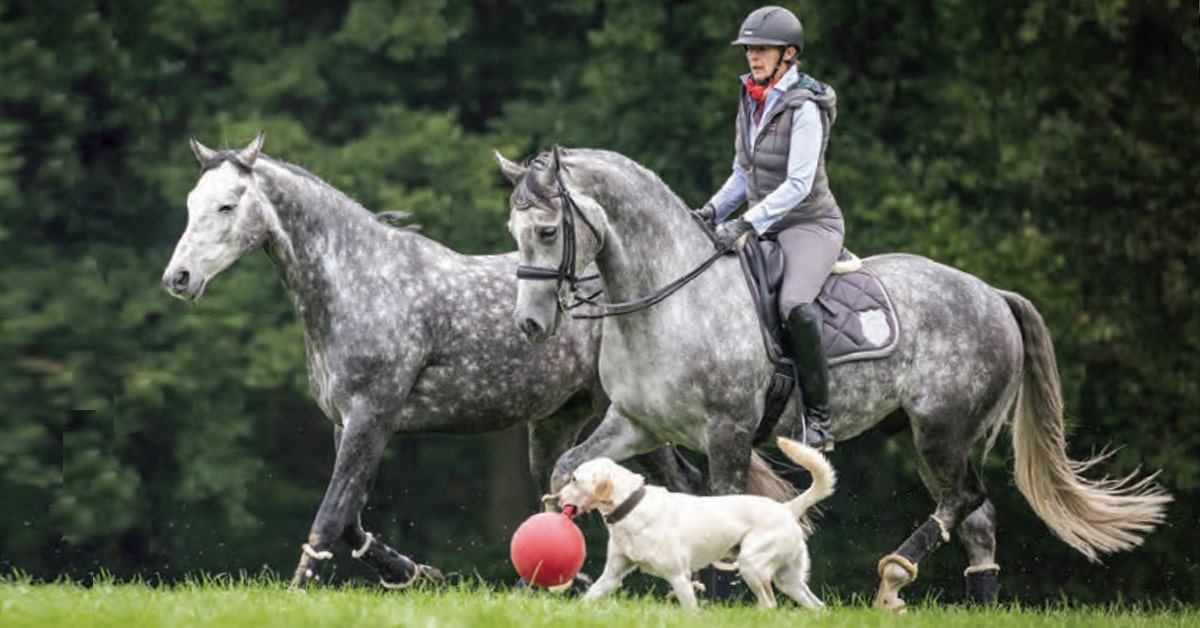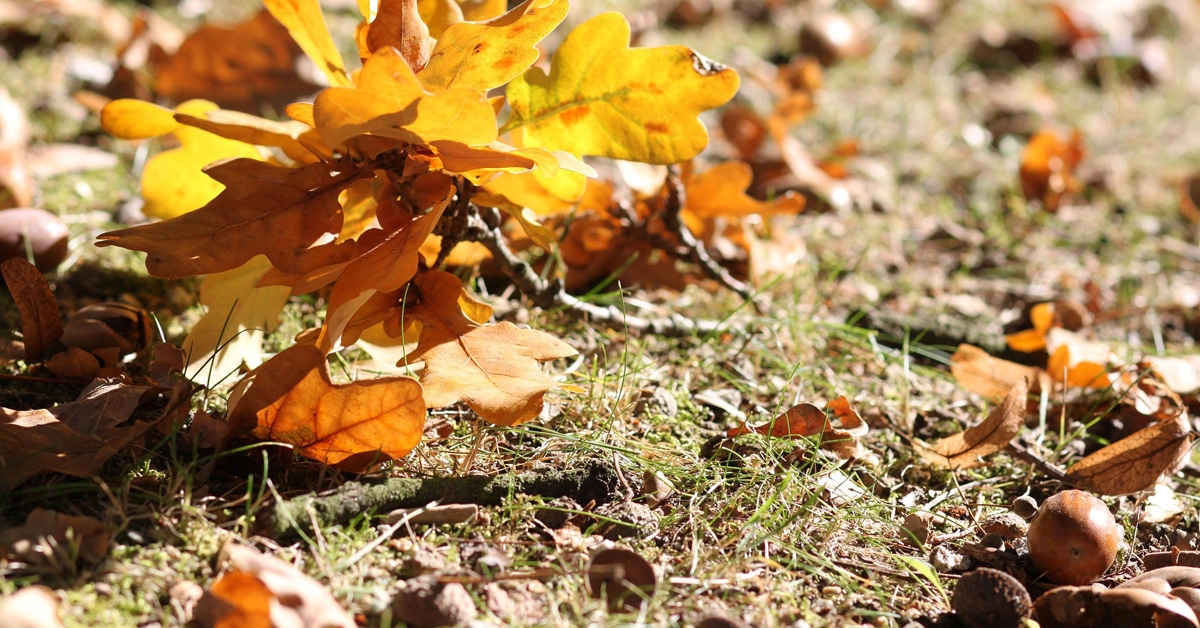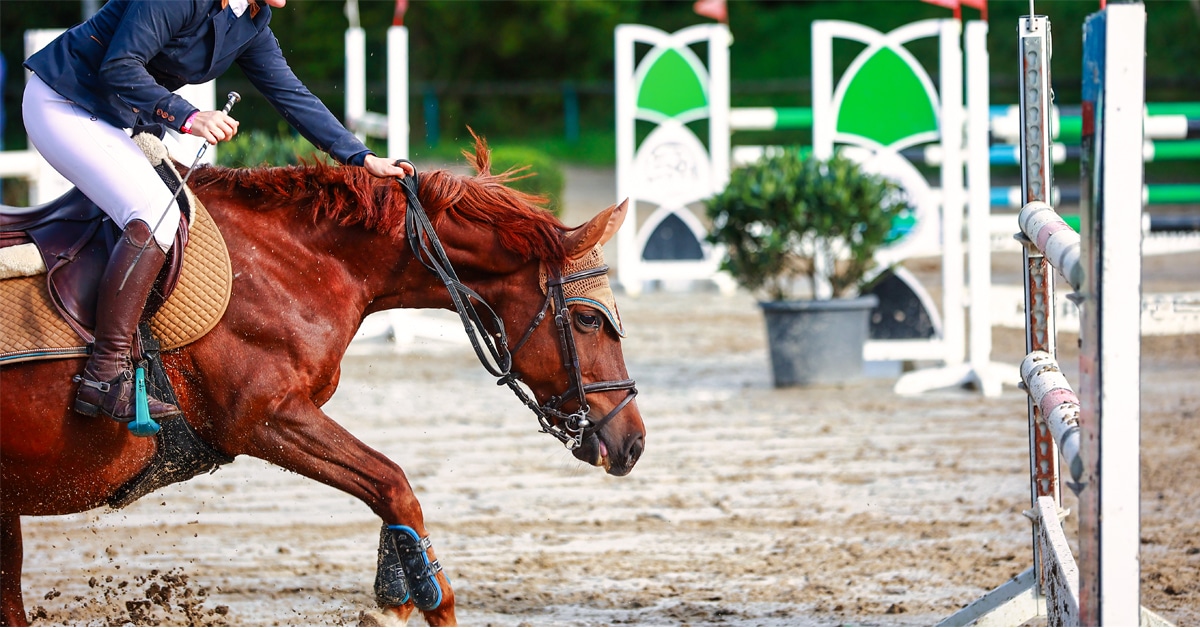Your horse had been training well, but lately he seems “off” and reluctant to perform movements that didn’t seem to be a problem a few weeks ago. There’s no sign of lameness or infection, so what could be wrong? One possibility: gastric ulcers. “The symptoms of ulcers can be hard to detect at first,” says Ontario Veterinary College veterinarian Dr. Daniel Kenney. “Your veterinarian would take a full history and perhaps refer you to someone who can use a scope to see what’s going on in the horse’s stomach.”
Cause and symptoms of gastric ulcers
Equine gastric ulcers are caused when stomach acids actually eat away part of the stomach lining. Kenney explains that the horse’s stomach has two sections: the lower glandular portion, where the acids are secreted, and the upper non-glandular (squamous) portion. Ulcers usually appear in the squamous region when stomach acids have spread into that area. They may be as small as a pin-point, or much larger. As the condition worsens, the acid erodes through more layers of the stomach’s mucosal lining and in rare but dramatic cases can actually rupture the stomach.
Just as in humans, these ulcers cause pain that will affect the horse’s performance and temperament. Some horses will lose weight, have little appetite, develop loose stools, or show signs of abdominal pain or colic. According to Kenney, gastric ulcers should always be considered as a possible cause of colic.
The definite diagnosis is made by inserting a scope down into the stomach so that the veterinarian can actually see the ulcers. However, Kenney explains, many vets do not have the proper equipment to conduct this examination and have to refer the client to other facilities to have it done. In some cases, if the vet suspects ulcers, he or she will begin treatment without doing the scope, but this is not ideal.
Why do horses get gastric ulcers?
The condition is surprisingly prevalent: between 75-90% of racing or performance horses will have at least a mild case of gastric ulcers. “It is largely due to how we use and manage horses,” says Kenney. Think of a wild horse that grazes most of the day; there is almost always food in his stomach and his digestive system fits this way of living perfectly. His stomach produces acid continuously, expecting that food will always be there to be broken down and digested. He spends most of his time moving slowly from one patch of grass to the next, enjoying the reassuring company of his herdmates. Only occasionally does he need to gallop to escape from predators. When he runs, his system produces high levels of the stress hormone cortisol, which decreases the blood flow to the stomach and increases acid production.
In contrast, the typical show-jumper is fed just twice a day, so for long periods his stomach is diligently producing the acid his wild ancestors needed, but there’s no food to be digested (which would utilize and neutralize the acid). He’s taken out for daily exercise that involves cantering and jumping, putting stress on his system and increasing the acid in his stomach even more. Then he’s put back into a stall by himself rather, than socializing with other horses who would help him relax and feel secure.
Being trailered is also a source of stress: one study showed that just a few hours travelling in a trailer caused gastric ulceration in horses that had none before the trip. “By having our horses exercise intensively, and feeding them grains or pelleted foods only a couple of times a day, we are creating a scenario where ulcers are likely to develop,” says Kenney.
Some medications (phenylbutazone, Banamine) have also been linked to ulcers, because they decrease the production of mucous in the stomach which helps protect the lining.
Treatment and prevention of gastric ulcers
Kenney’s first line of prevention and treatment is to change how the horse is fed. “If possible, allow the animal to graze; when that’s not possible, hay can be a good alternative. If the horse has been fed twice a day, breaking that up into smaller meals throughout the day will help. Also, if you can stop any medications that might be contributing to the ulceration, that helps as well.” (Always discuss feed changes with your vet or equine nutritionist.) Until the ulcer heals, Kenney recommends reducing the horse’s exercise level and increasing his opportunities for contact with other horses to reduce his stress level.
Gastric ulcers are also seen in foals, especially those who are hospitalized because of injury and other disease. They may show obvious signs of pain such as colic or grinding of their teeth. Kenney says that at one time all foals that came into the veterinary hospital were routinely treated for ulcers, but that practice has now changed. “The concern was that stomach acid is protective against bacteria and viruses which could cause infection in the foal,” he explains. “So by giving them medication to reduce the acid, we increased their risk of developing infection.”
Along with changes in how the horse is managed, Kenney says medications can frequently speed healing. Sucralfate is often prescribed for foals; it coats the ulcers in the animal’s stomach for a quicker recovery. Some other drugs used in older horses will bind to receptors in the horse’s stomach and decrease the level of acid produced. Omeprazole is the most commonly prescribed medication, and although it is quite expensive, it is allowed in FEI competition.
“Typically, the horse would be given a higher level of omeprazole for two to four weeks as treatment, then dropped to a maintenance dose after that,” Kenney says. If the horse’s care and management have been changed, the medication may then be further reduced or discontinued.
The Latest
